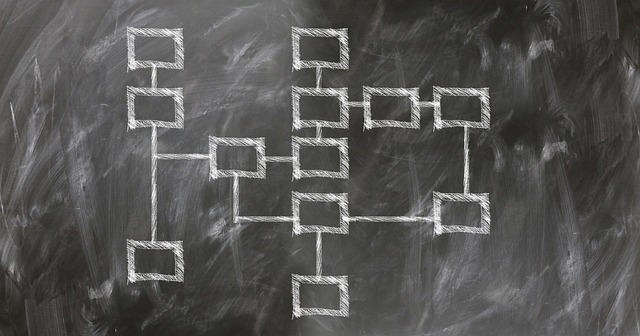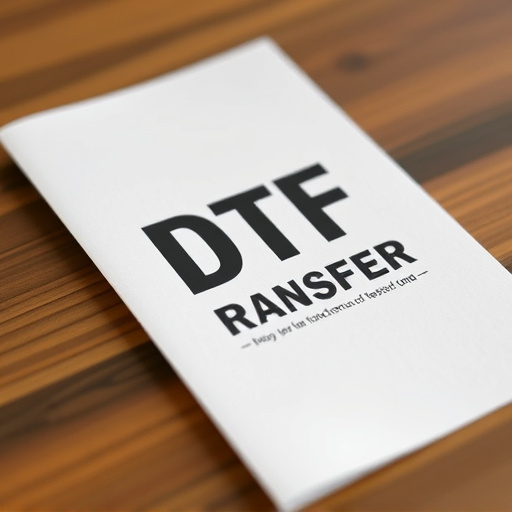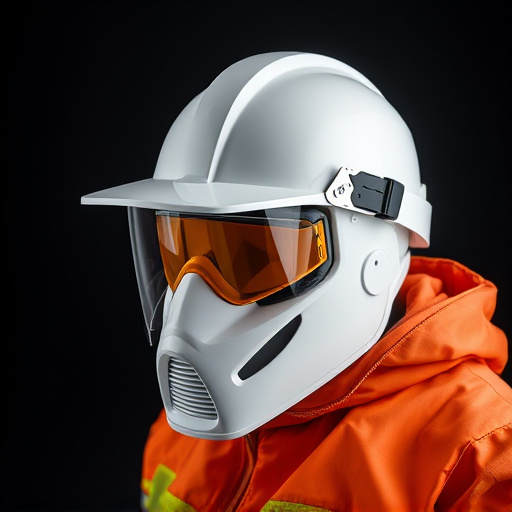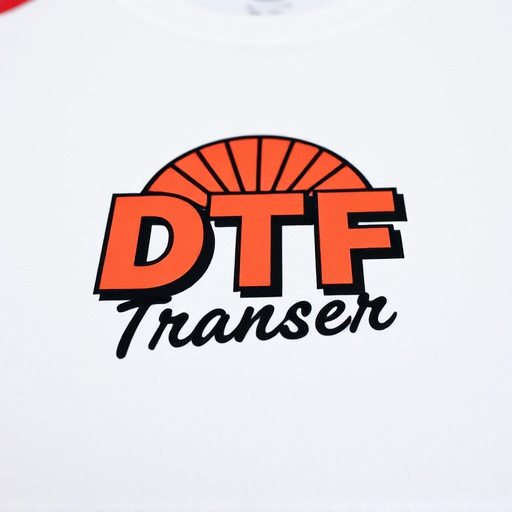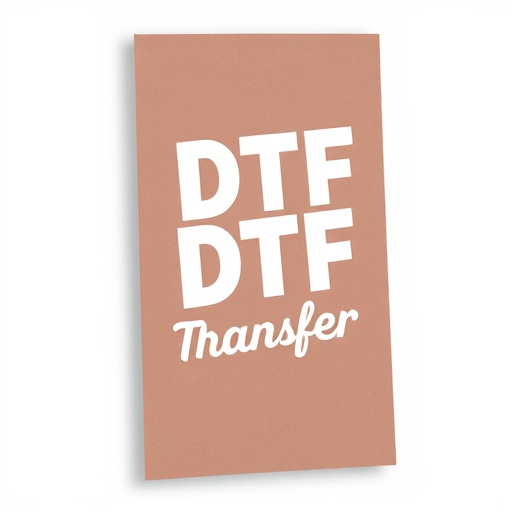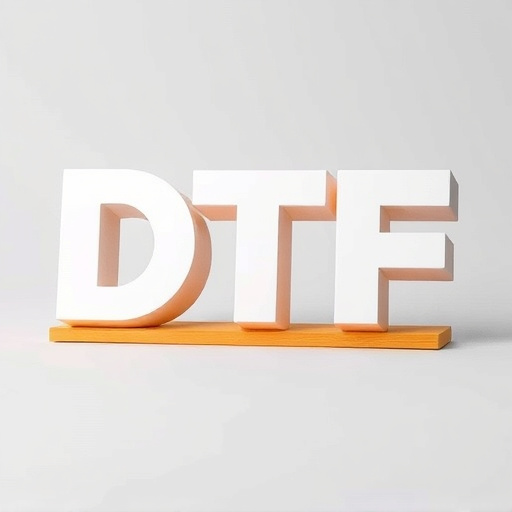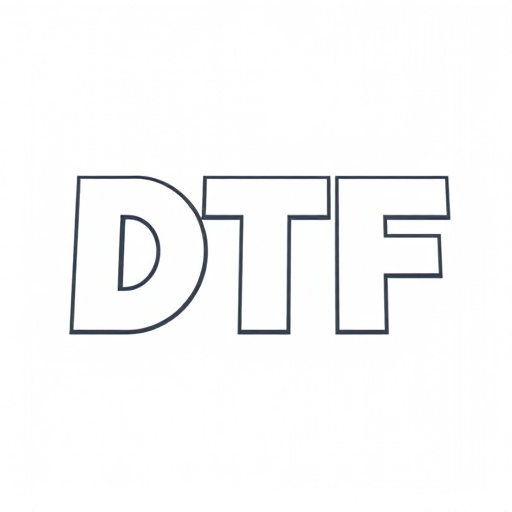Direct-to-Film (DTF) transfer printing is a cutting-edge method offering high-quality reproduction on various film surfaces like vinyl or polyester. Its versatility eliminates the need for separate screens, making it efficient and cost-effective for custom prints. DTF Printing is ideal for limited-edition art, branded merchandise, and promotional items, delivering unique, vibrant finishes. The cost structure varies based on materials, equipment efficiency, quality, volume, and complexity; initial setup costs can be high but are offset by faster printing times and reduced waste in large-scale production. Skilled labor rates also vary significantly based on experience and project requirements. Understanding real-world DTF projects helps budget effectively for these versatile prints.
Direct-to-film (DTF) transfer has emerged as a game-changer in printing, offering on-demand customization for various industries. This article delves into the intricate cost structure surrounding DTF technologies and their applications. We explore different DTF transfer types, from vibrant inkjet to advanced laser methods, analyzing their price implications.
Understanding the material, labor, and project budgets involved is crucial for businesses seeking efficient DTF printing solutions. By examining case studies, readers will gain insights into managing costs for this innovative direct-to-film process, optimizing prints with precision and economy.
- Understanding Direct-to-Film (DTF) Transfer: An Overview
- Types of DTF Transfer Technologies and Their Cost Implications
- Advantages and Disadvantages of Each DTF Transfer Option
- Material and Consumables Expenses in DTF Printing
- Labor Costs: Who Performs the DTF Transfer and Their Rates
- Case Studies: Analyzing Real-World DTF Transfer Project Budgets
Understanding Direct-to-Film (DTF) Transfer: An Overview
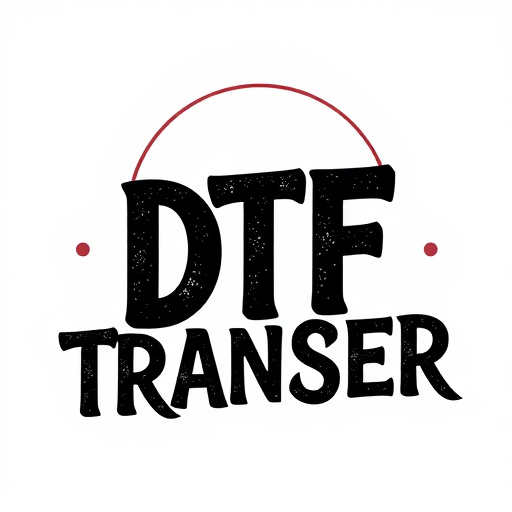
Direct-to-Film (DTF) Transfer is a cutting-edge process that allows for high-quality printing and reproduction of images directly onto various film surfaces, such as vinyl or polyester. This innovative technique has gained popularity among artists, graphic designers, and businesses seeking unique, durable, and visually striking products. DTF involves a multi-step process that combines elements of traditional screen printing and modern digital printing technologies.
The key advantage of DTF lies in its versatility. It enables the creation of intricate designs with fine line details, vibrant colors, and even gradient effects. Unlike conventional printing methods, DTF Printing doesn’t require separate screens for each color, making it efficient and cost-effective for producing custom prints. This technology is particularly useful for creating limited-edition art pieces, branded merchandise, promotional items, and more, ensuring that each print stands out with its unique, film-like finish.
Types of DTF Transfer Technologies and Their Cost Implications
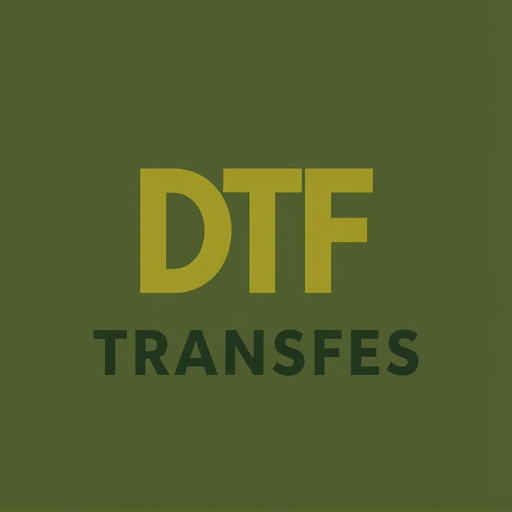
Direct-to-film (DTF) transfer technologies have evolved significantly, offering various options for creating high-quality prints. Each method has its unique cost structure and implications, influenced by factors like materials, equipment, and efficiency. One popular approach is DTF Printing, which involves transferring ink directly onto a film surface using specialized printers. This process is known for its versatility and ability to produce sharp, detailed prints, making it suitable for small-batch production and custom orders. The cost here primarily revolves around the purchase or rental of DTF printers, inks, and films, with pricing varying based on quality and volume requirements.
Another technology gaining traction is direct-to-film thermo transfer. This method uses heat to apply designs onto film, offering excellent color accuracy and durability. While initial setup costs for specialized equipment can be higher, this process is highly efficient for large-scale production runs, as it allows for faster printing times and reduced material waste. Consequently, the cost per unit decreases with higher volumes, making it a cost-effective solution for mass DTF applications.
Advantages and Disadvantages of Each DTF Transfer Option
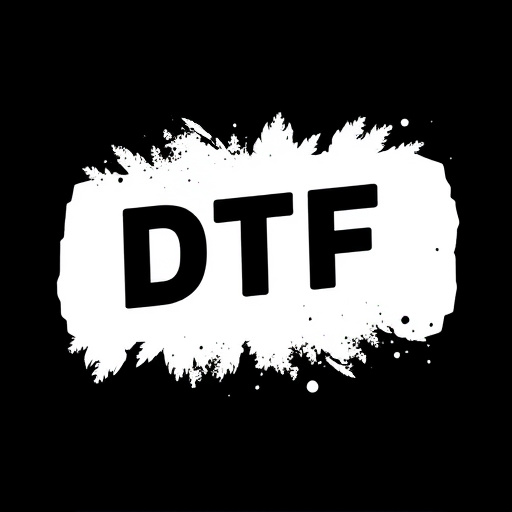
Direct-to-film (DTF) transfers offer a range of options for printing on various materials, each with its own set of advantages and disadvantages. One of the primary benefits of DTF transfer methods is their versatility; they allow for high-quality prints on a diverse array of surfaces, from textiles to ceramics. This technology enables small businesses and artists to produce custom items quickly and cost-effectively, making it an attractive choice for on-demand printing services. Additionally, DTF transfers often result in vibrant, long-lasting colors, ensuring the final products have a professional finish.
However, there are some potential drawbacks to consider. The initial setup costs for DTF printing can be relatively high, including the purchase of specialized equipment and inks. Maintenance and consumable expenses should also be factored in, as these technologies may require regular calibration and ink or film replacements. Furthermore, while DTF transfers excel in color accuracy, they might not be suitable for intricate designs or fine line work, which could limit their applications in certain artistic fields.
Material and Consumables Expenses in DTF Printing
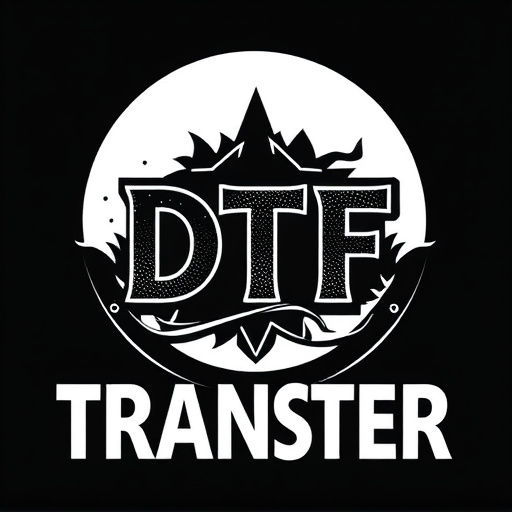
Direct-to-film (DTF) transfer printing involves several material and consumable costs that are essential to consider for businesses offering this service. The process requires specialized equipment, including printers, cutting machines, and applicators, all of which contribute to setup and operational expenses. Additionally, a wide range of materials is needed for each DTF print job, such as films, inks, adhesives, and backing papers. These consumables vary based on the type of project, the complexity of design, and the size of the prints.
Ink costs can vary significantly depending on whether water-based or solvent-based inks are used, with the latter often being more expensive due to their higher quality and durability. Adhesives and backing papers must also be chosen carefully, as they impact the overall print quality and finish. Furthermore, businesses must factor in the cost of maintaining and cleaning equipment to ensure optimal performance, minimizing waste, and maximizing the lifespan of consumables.
Labor Costs: Who Performs the DTF Transfer and Their Rates
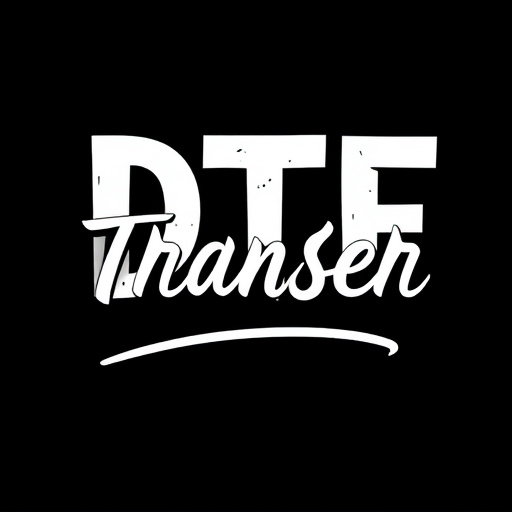
When considering a direct-to-film (DTF) transfer, understanding labor costs is crucial. The process involves skilled technicians who specialize in DTF printing and its intricate techniques. These professionals are responsible for preparing the film, setting up the equipment, and ensuring accurate and high-quality prints. Their rates can vary widely depending on factors such as experience, location, and the complexity of the project. Established print houses with experienced teams often command higher rates due to their expertise and the quality they guarantee.
The choice of labor often determines the overall cost structure for DTF transfer options. Smaller, independent print shops might offer lower rates but may lack the specialized skills needed for more intricate or high-volume transfers. Conversely, larger printing facilities with a diverse range of specialists can handle complex projects but may come at a premium price. Therefore, when evaluating DTF Printing and its associated costs, it’s essential to consider not just material expenses but also the expertise and efficiency of the labor involved.
Case Studies: Analyzing Real-World DTF Transfer Project Budgets
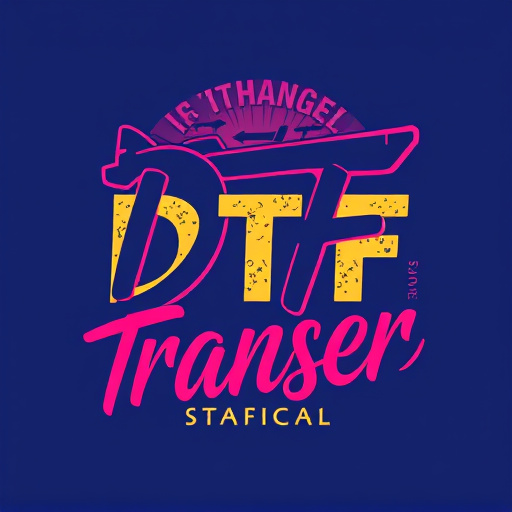
Analyzing real-world direct-to-film (DTF) transfer projects offers valuable insights into the cost structure and budgeting for this specialized printing method. Case studies reveal that DTF Transfer budgets can vary widely depending on factors such as print volume, substrate choices, and desired print quality. For example, a small-scale project with low print runs might only require basic DTF Printing equipment and consumables, resulting in lower costs. In contrast, larger-scale endeavors with high-volume prints often demand more substantial investments in advanced machinery and specialized inks to achieve superior image clarity and durability on various materials.
These case studies also highlight the importance of considering additional expenses like setup time, maintenance, and potential downtime for equipment. Some DTF transfer projects may require custom solutions, impacting overall costs. Conversely, standard configurations can reduce expenses. Understanding these real-world scenarios equips businesses with knowledge to budget effectively, ensuring their chosen DTF Transfer options align with project requirements and financial constraints.



